Alter Egos: In Conversation with Low Jack
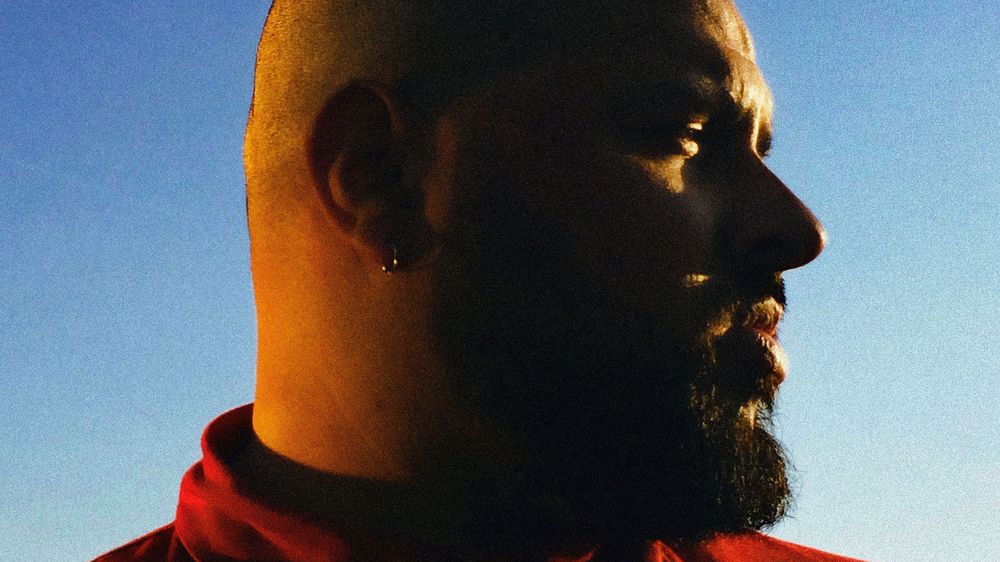
Dr. Henry Jekyll is a troubled soul. Battling against personal demons, the doctor sought to control evil inhibitions by creating a serum, a healing potion. Instead of supressing the wicked within, a villainous and hateful character was born. Mr. Edward Hyde reared his ugly head, projecting his corrupt intentions and poisonous traits onto the once earnest doctor. His ego became twisted as a new side to Jekyll unfurled.
Kevin Wendell Crumb is a sinister character. Kidnapping and torture are deep-rooted in his DNA. Violence flows through his veins. His psychologist’s therapy is not enough to muzzle the urges or control his personalities. When he smells blood, he wants a piece of the action. Poor Casey, Claire and Marcia; how were they to know? To become the beast’s prey is to become a dead man walking.
Both Robert Louis Stevenson’s Strange Case of Dr. Jekyll and Mr. Hyde and M. Night Shyamalan’s Split tell tales of the mind’s control over the body. Both follow individual bodies polluted by multiple personalities. The evil traits exhibited by Jekyll and Crumb are not by choice, but come about due to psychotic pressures.
Whilst these two protagonists are vile, malicious people, Philippe Hallais is quite the opposite. Despite his multiple personalities, the Paris-based producer, DJ and label boss doesn’t have a bad bone in his body. These alter egos are by choice, each relating to a different story or a particular situation. Akin to the aforementioned Scottish novelist, Hallais is a storyteller. Whether he's sporting his famous rave shades, or producing mind-warping noise music, emotional expression is always cast through the lens of context.
"When I started making music in the same way, I had the same attitude. I wasn’t craving a precise aesthetic, but more about a feeling and trying to transcribe emotions and tell stories."
The alias has become a liberating and useful tool for Hallais. By performing and producing under different names, the Editions Gravats boss has been able to explore fresh ideas and maintain stylistic variance between his releases. It has provided yet another means of personal expression, an outlet for exhibiting personality. You’d have thought with his ever growing list of alter egos, there would be a method to Hallais’ madness.
“It’s super silly. Most of the time it’s a bunch of private jokes or very spontaneous stuff. Sometimes there is some sort of a narrative with it, sometimes it’s not absolutely nuts. Sometimes it’s just something that sounds nice.”
As with any mode of artistic output, inspiration can be found in whatever form you want it to be. For Hallais’ B-Ball Joints character, it wasn’t a love of the sport that fuelled the creative fire, that spawned this new identity. Instead, ESPN documentaries and 90s hip hop culture sparked the flames of baptism from which the Paris-based producer found another personality. Even with these sporting stories and well established music cultures as the catalysing forces, Hallais still sought to add his own particular twist.
“You bring Belgian new beat culture and mix it with ESPN movies on basketball, and I find it really fun. This silly idea of having this frontal music that’s inspired by industrial stuff, me screaming in a microphone, and then calling the project B-Ball Joints. There’s something quite silly that I liked about it. It’s also some sort of reaction to this world of industrial music. It can be too serious.”
The side-stories and narratives behind players in the league or draft prospects. Every baller’s journey into the spotlight spawning from unique situations, backgrounds and incidences. The baggy clothing, flashy chains and fitted caps. Cross-over between the NBA and boom-bap-beats was, and still is, obvious. Maybe his now-trademark sunglasses are Hallais’ interpretation of this culture clash?
“It’s funny because it’s become a sort of trademark when I wear them flipped behind my head. For the past 6 months, I’ve had people from loads of different countries come to the booth and are really disappointed when I don’t wear them. They come to the booth and are like ‘hey what the fuck!?’ It’s become a thing now!”
Appearance, character, feeling and emotion are constantly shifting, reacting to surroundings and experiences. Though the rave shades have become an emblematic feature of Hallais’ personality and music, they serve as the perfect representation of the function of the alias. Whether they're over his eyes, behind his ears or back at home, the sunglasses aren't fixed. Choosing what to wear can be influenced by weather or preference, not just necessity. Musical expression follows a similar trend. How you feel, what you’ve been listening to, the story you’re attempting to illustrate. The producer’s keys are like the novelist’s pen, operating in a reactive, calculated and inventive manner. Very rarely is music a superficial as what you hear.
“I’ve been collaborating for quite a while now with Dominick Fernow. He’s one of the people that really inspired me about this idea, about creating a new character with a fictional aspect to it. Not necessarily a new character but just a context and narrative…You come up with a visual environment and storytelling that is specific for this alias and for this music. I find it very refreshing and inspiring.”
Providing a means to fabricate new narratives with each identity, the alias has allowed Hallais to explore endless compositional possibilities. With an all-encompassing listening habit and a broad record collection, this has been a liberating process. His approach to making music is more spontaneous than regimentary, seeking to express emotion and sensitivity rather than prescribing to a genre and its established structure. Such an approach is something Hallais has compared to dubbing, drawing parallels with its atmospheric focus.
“Something that’s fascinated me for ages is the idea of dubbing. This is something that’s quite important for me. It’s not necessarily a genre. I had this conversation with Miles from Bokeh Versions, and I realised we had this common thing. We come from all kinds of different music backgrounds, but for us dubbing can be anything. A noise record can be dub, a metal record can be dub. It doesn’t necessarily apply to dancehall. Obviously this is the main genre, but for me it’s more a process of getting ideas together and producing. The genre doesn’t matter. Sometimes these feelings transcribe to a more distinct genre, but it’s not the main ambition or motivation.”
Alongside Jean Carval, Hallais set up Editions Gravats, a label that has developed a similarly indiscriminate and anecdotal complexion. Inspired by ancient aesthetics, political propaganda and the environmentalists of 1970s Brittany, the imprint was born from frustration amongst Hallais and his peers.
“The main motivation to create this label was from this frustration we could feel around us, especially in Paris, of a lot of people complaining about us as French people not having an electronic scene and always looking at what was happening outside of our country…It’s not necessarily a precise music aesthetic but more about a community. That explains why the label has such a wide range of music. We don’t really have boundaries.”
Tired of the overlooked local scene, the Paris-based producer sought change. Rather than complaining, creating a new label re-wrote the script that had previously defined scene, spawning a collective sense of action. Soon, there were more characters in the city’s musical narrative.
“What we did, a lot of people around us did the same thing…There is something very exciting about this small group of communities and everyone is inspired by each other, or at least respects each other. There are a lot of people in France now that are making it an interesting time for music in general.”
Philippe will be performing as Low Jack at Monticule 2019. Find more information HERE.

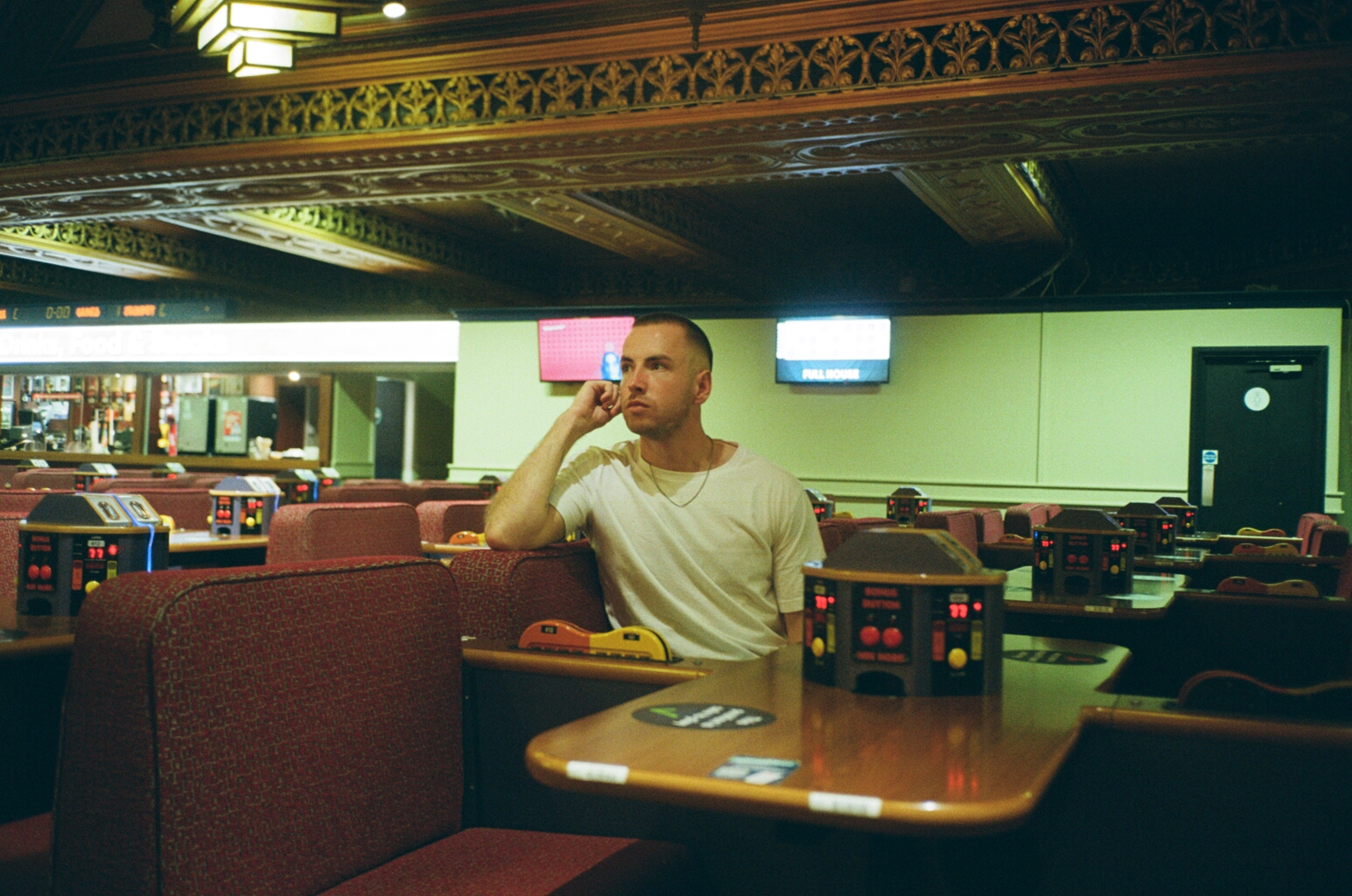
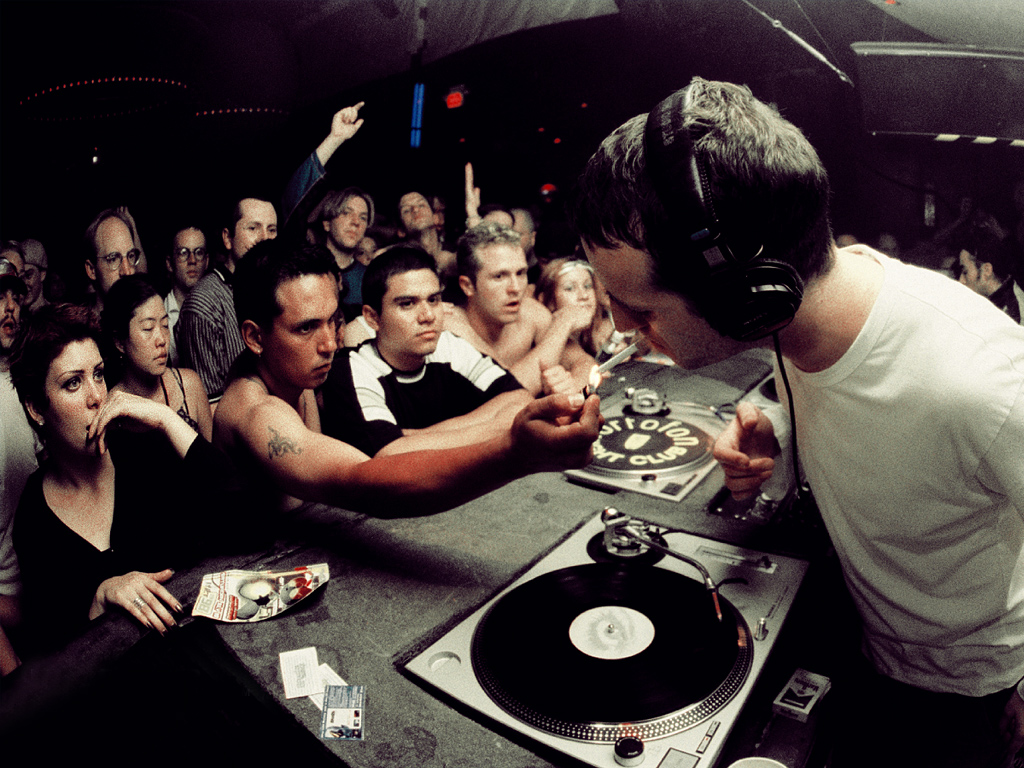
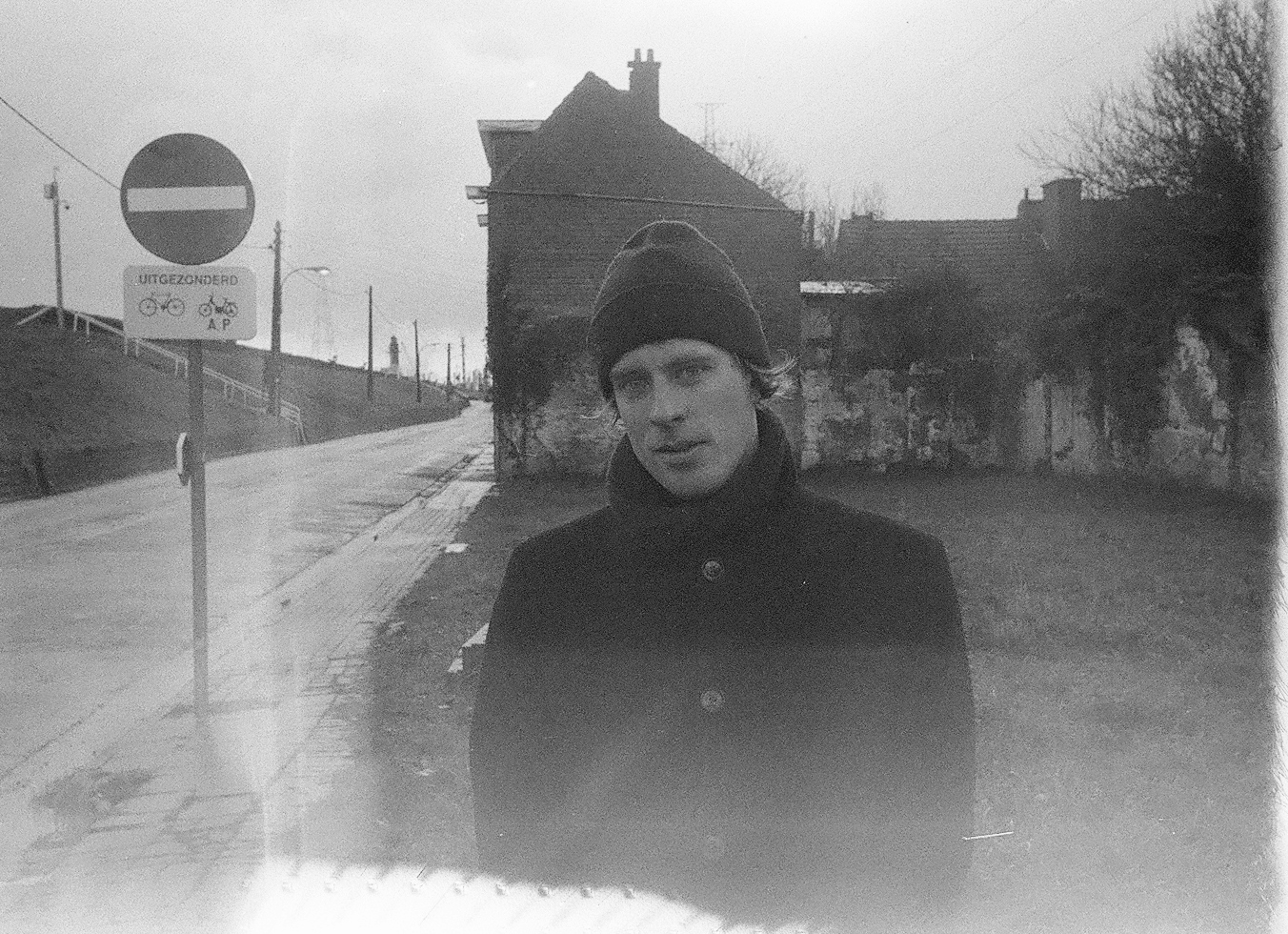


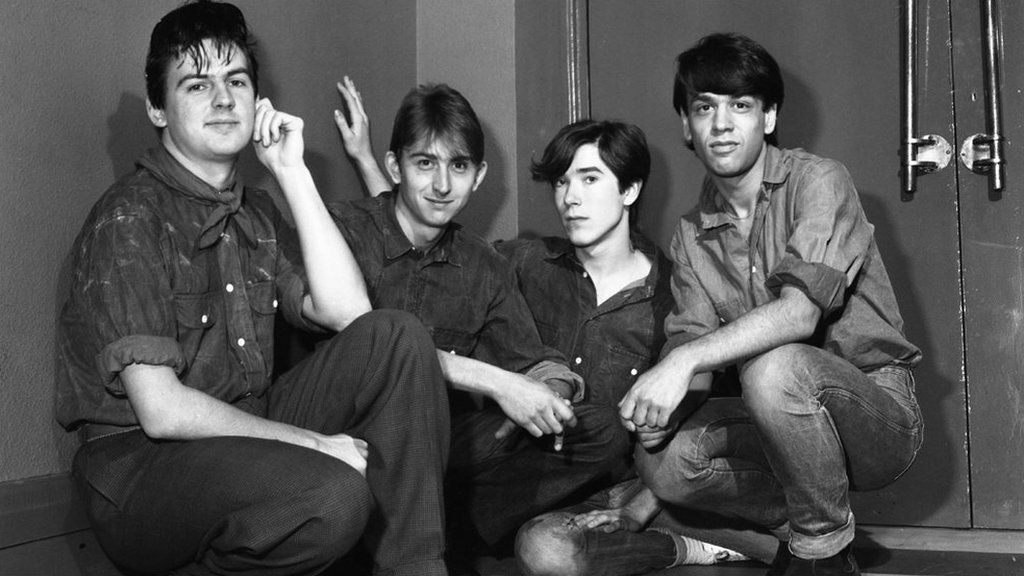
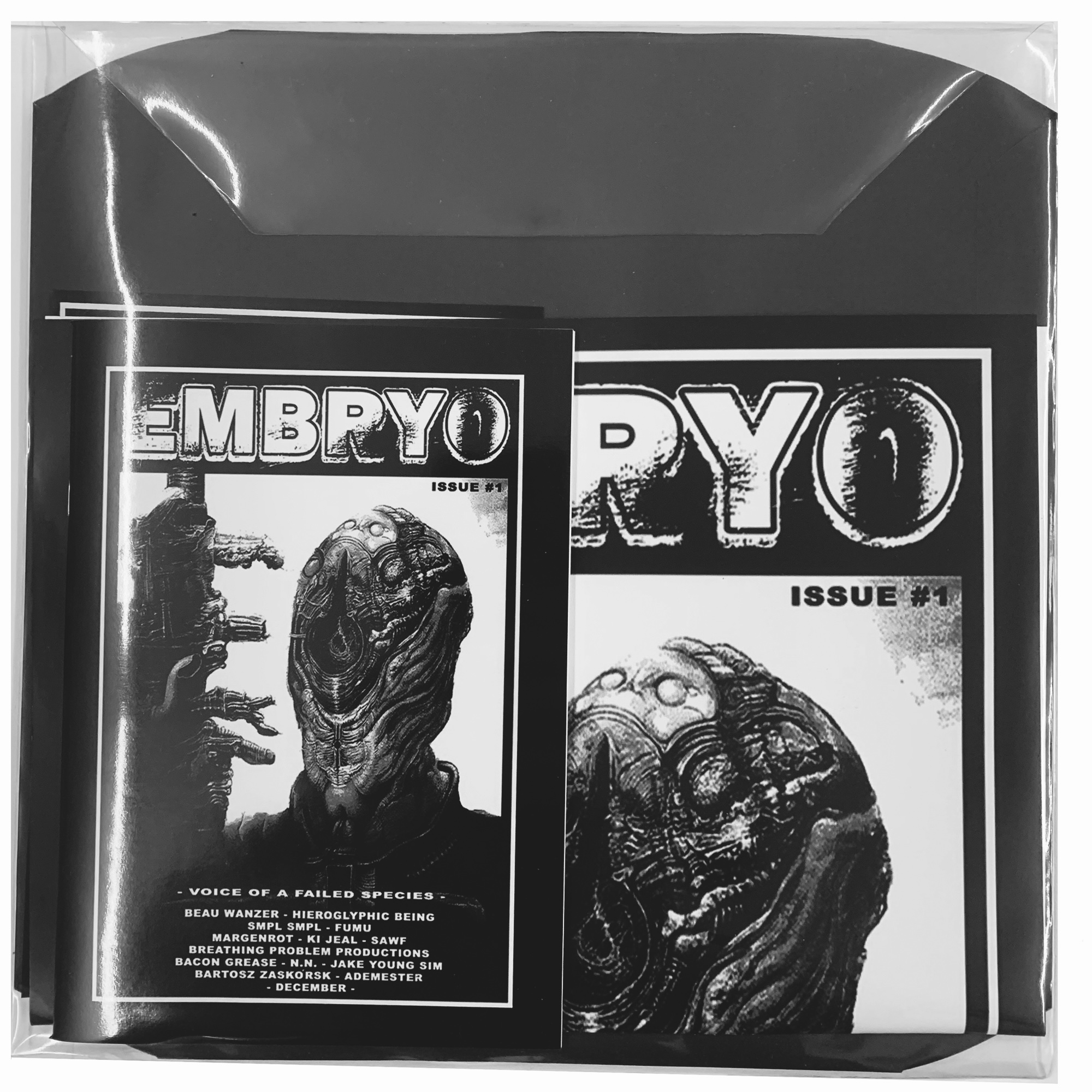




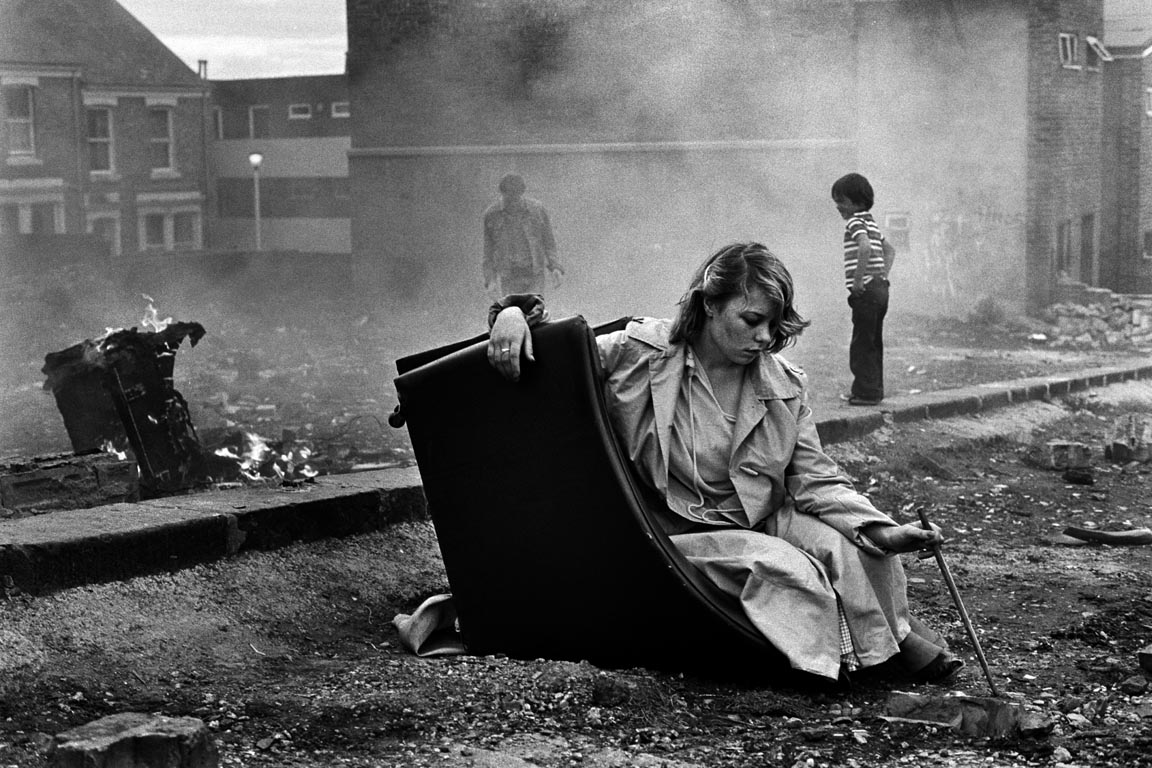
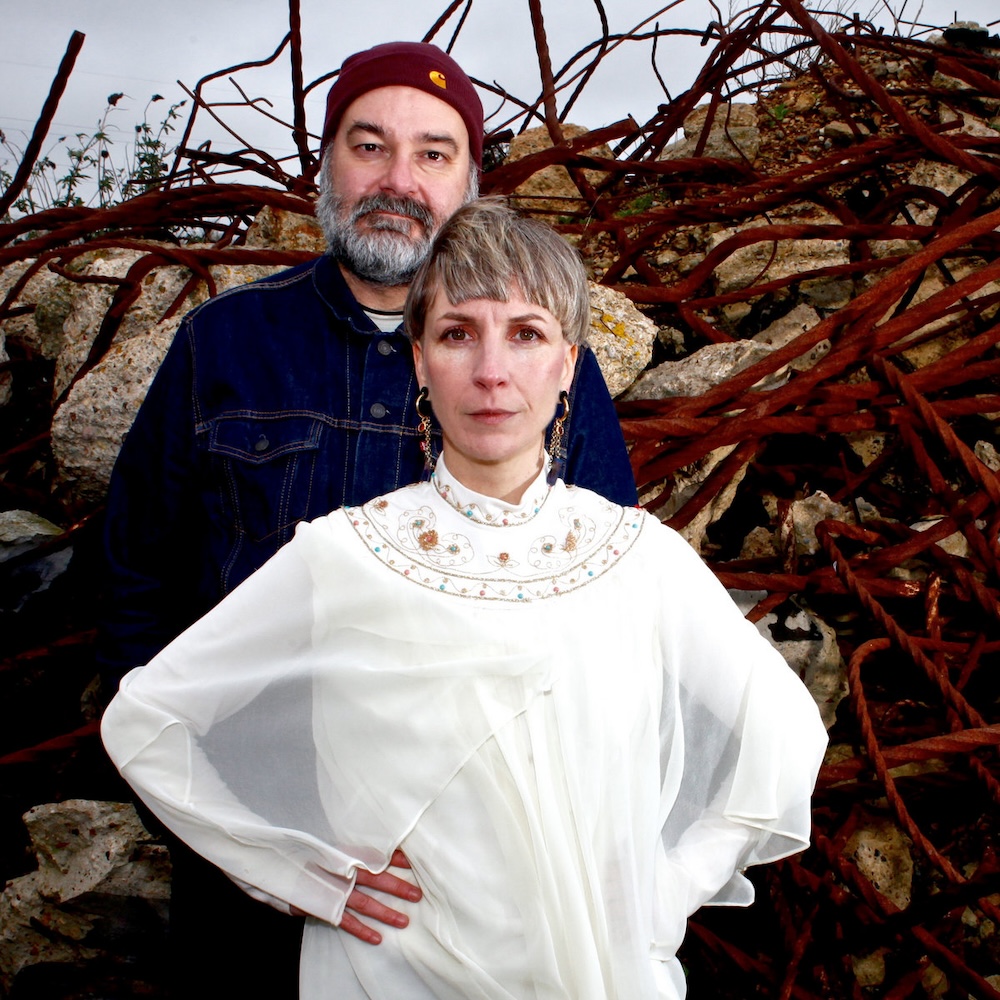
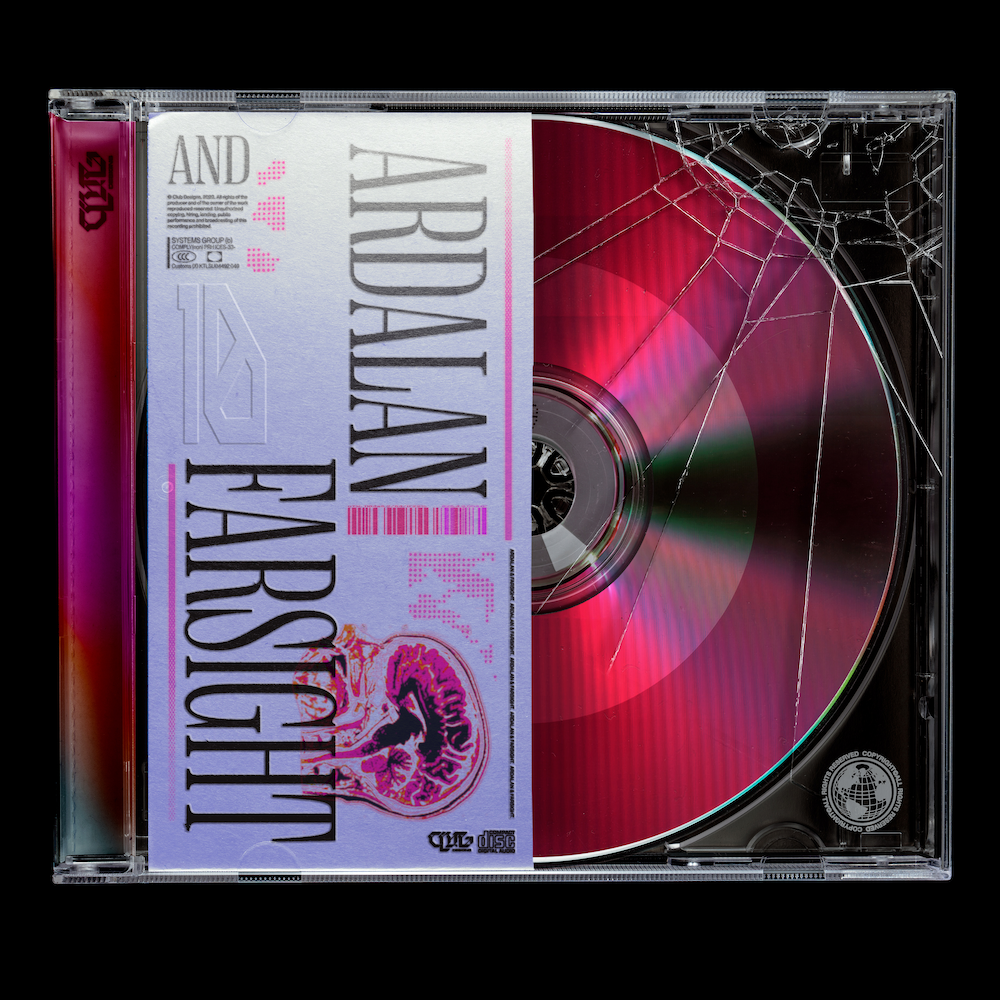



Must Reads
Joining The Circus
What to do for British politics?
Solidarity with Ukraine
Resource List
URL vs. IRL
Do DJs Today Need Social Media to Be Heard?
Trending track
I Hear (Borusiade Remix)
Mother of Mars
Shop NowMidnite Rogue
Hologram Teen
Shop Now